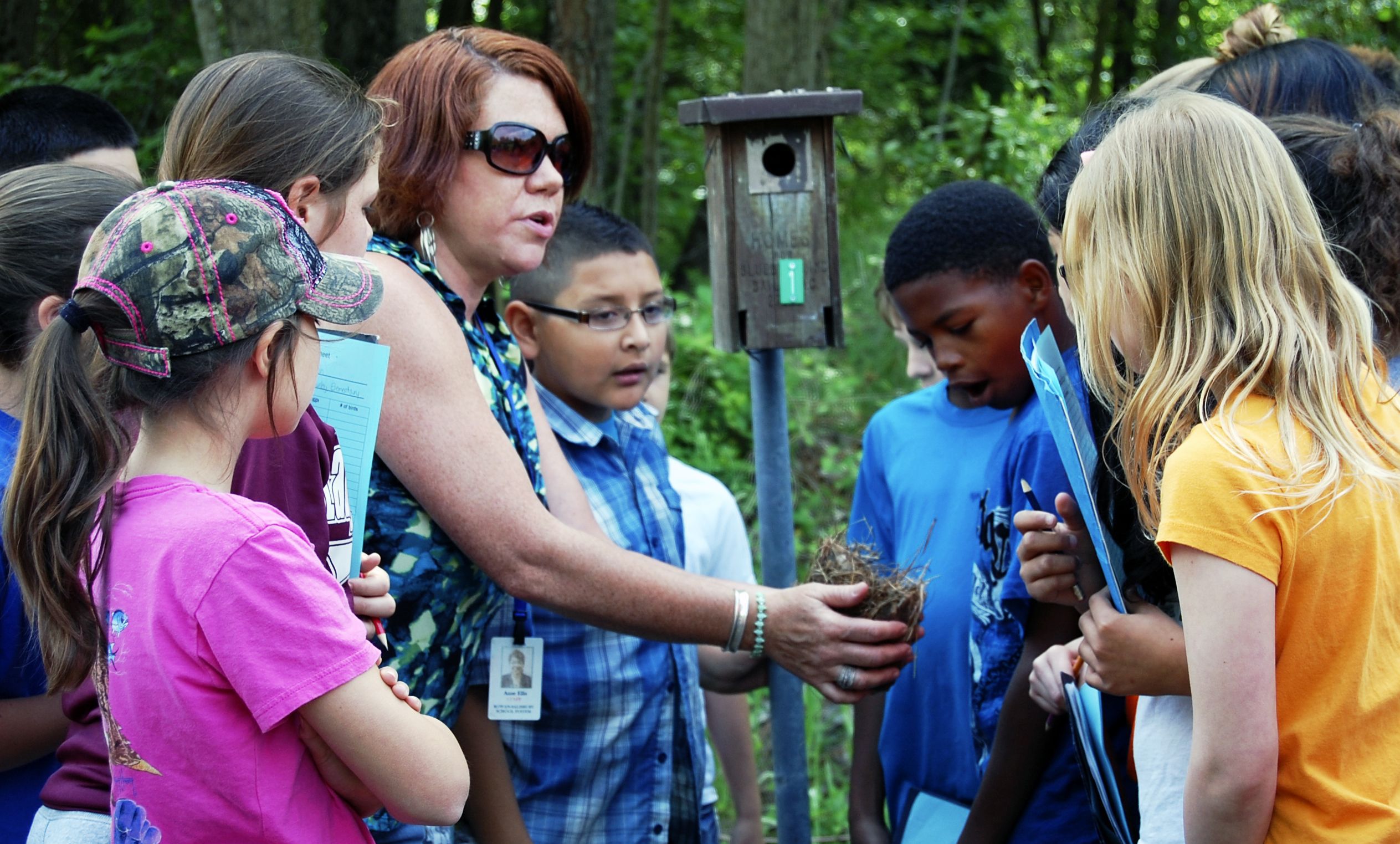Students learn about nature in 600-acre outdoor classroom
Published 12:00 am Thursday, May 22, 2014
Forty-two Hurley Elementary fifth-graders filed off of a Rowan-Salisbury school bus in the middle of a grassy field early one morning.
They were directed to picnic tables under the shelter next to their bus.
The view greatly contrasted with the scenery just minutes before: tall, secured gates surrounding massive gray and tan machines.
The students had arrived at Horizon’s WILD site, a 600-acre wildlife classroom situated on Duke Energy’s Buck Combined Cycle Plant.
Because the plant sits on the Yadkin River, “it’s the perfect ecosystem for a lot of wildlife species,” said Anne Ellis, the teacher who runs the site.
“We never know what we’re going to see,” Ellis said, adding that they often observe birds, amphibians, wild turkeys and deer.
The day-long curriculum covers North Carolina’s essential standards for fifth-grade science, including ecosystems and the transfer of energy through the food chain.
According to Ellis, it’s helpful to teach the class during the spring as a refresher as students prepare to take their end-of-grade tests.
“Here’s my textbook,” Ellis said, as she gestured to the nature area around her.
Roughly 90 percent of Rowan-Salisbury fifth graders attend Ellis’ class each spring.
She said she has some set activities each day, such as talking about and identifying different types of animal scat and checking bluebird boxes for eggs, babies or predators.
But many of Ellis’ lessons are impromptu — prompted by the things students see in the wild.
“I love it when unexpected visitors come to visit us,” she told her students.
“We are in someone else’s home,” she explained.
For instance, a few weeks ago, students opened a bluebird box to find a snake eating baby birds out of their nest. This allowed Ellis to give a real life example of energy transfer and the food chain.
“It makes it come alive. It’s something the kids remember,” said Jamie Piatt, a fifth-grade teacher at Hurley.
Ellis engages her students by asking them relevant terms for what they’re seeing and studying, and teaching them the scientific terms for the things they observe.
“You’ve already told me ‘tracks’ is the science word for … ,” she said.
Her students finished off the phrase saying, “footprints.”
Ellis also allows her students to collect data on actual animals.
She teaches them how to open bluebird nest boxes, take out the nest cups and look for predators, eggs and chicks.
Bluebirds are important, because they eat mosquitoes, Ellis told her students.
Students were able to observe nests with chicks and eggs, and even got to watch a baby bird hatch.
“The birds are very cute,” said student Noel Sparks.
Sparks and her classmate said that the field trip was much better than being in a classroom.
Piatt agreed.
“We have a very diverse population at Hurley,” she said, adding that exploring nature and wildlife is something many of them may not ordinarily get to do.
Ellis said many of the students she sees are “nature deficient.”
She uses the experience to explain why different species are dying, for reasons such as pollution or habitat destruction.
Piatt said the experience allows the students to become “more literate about their world.”



